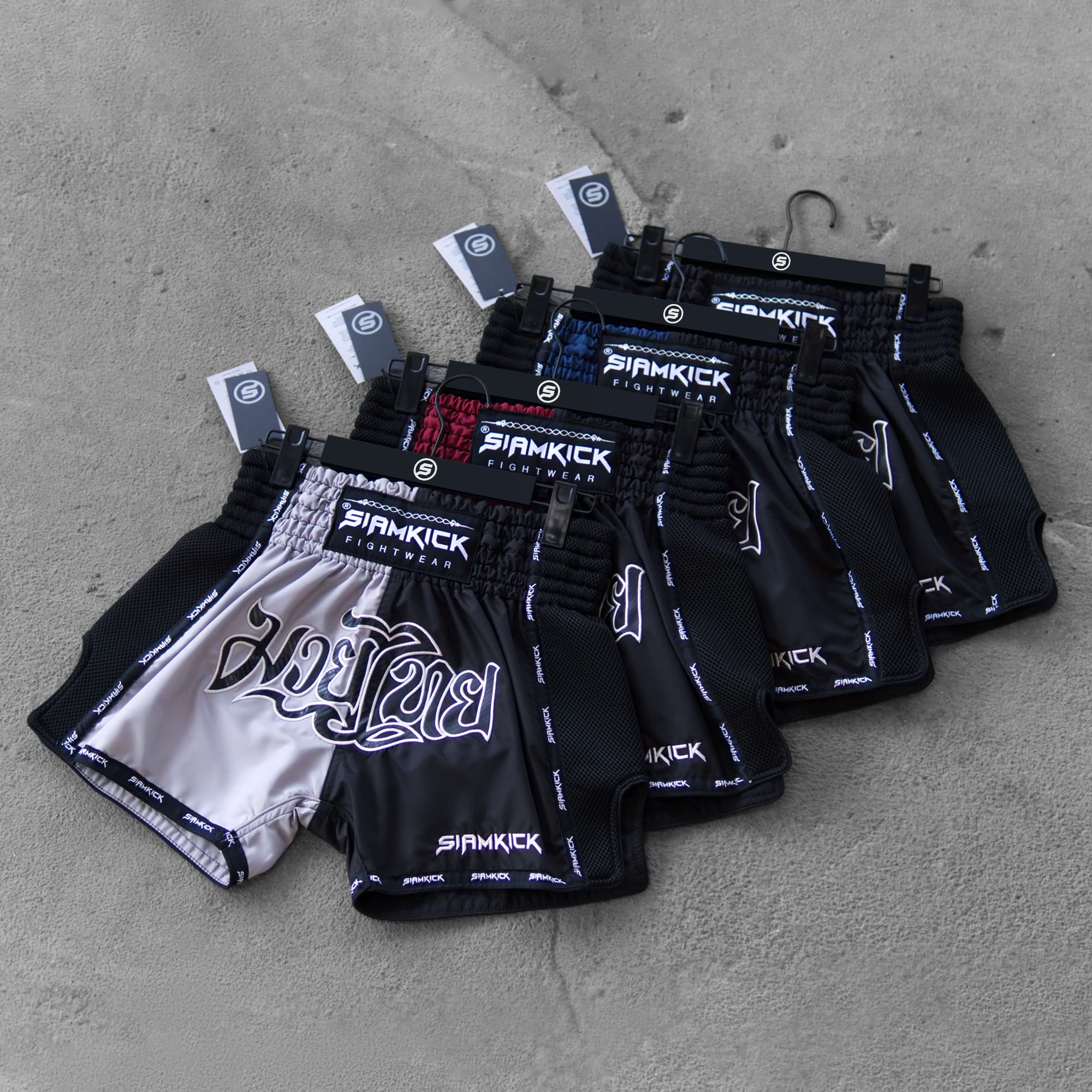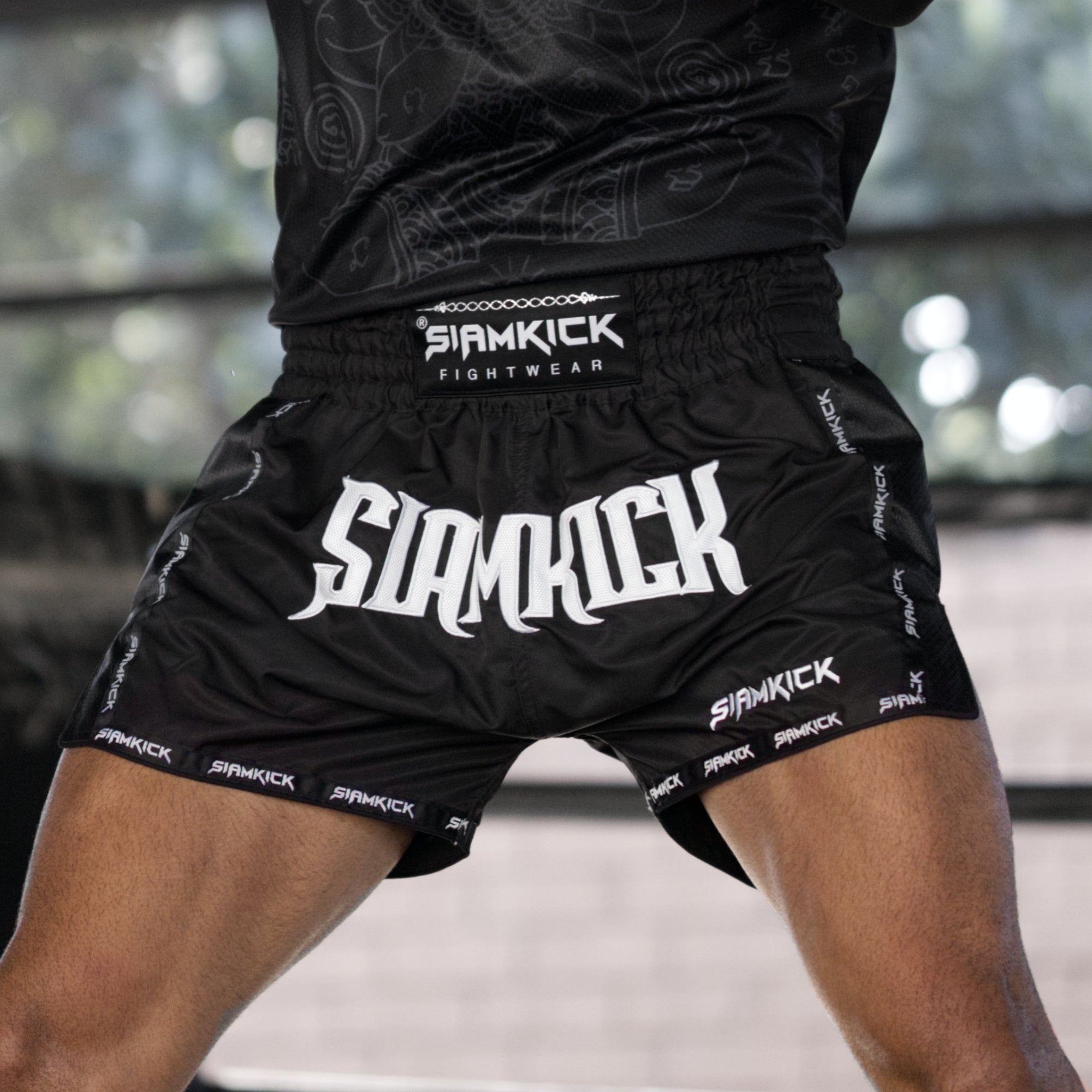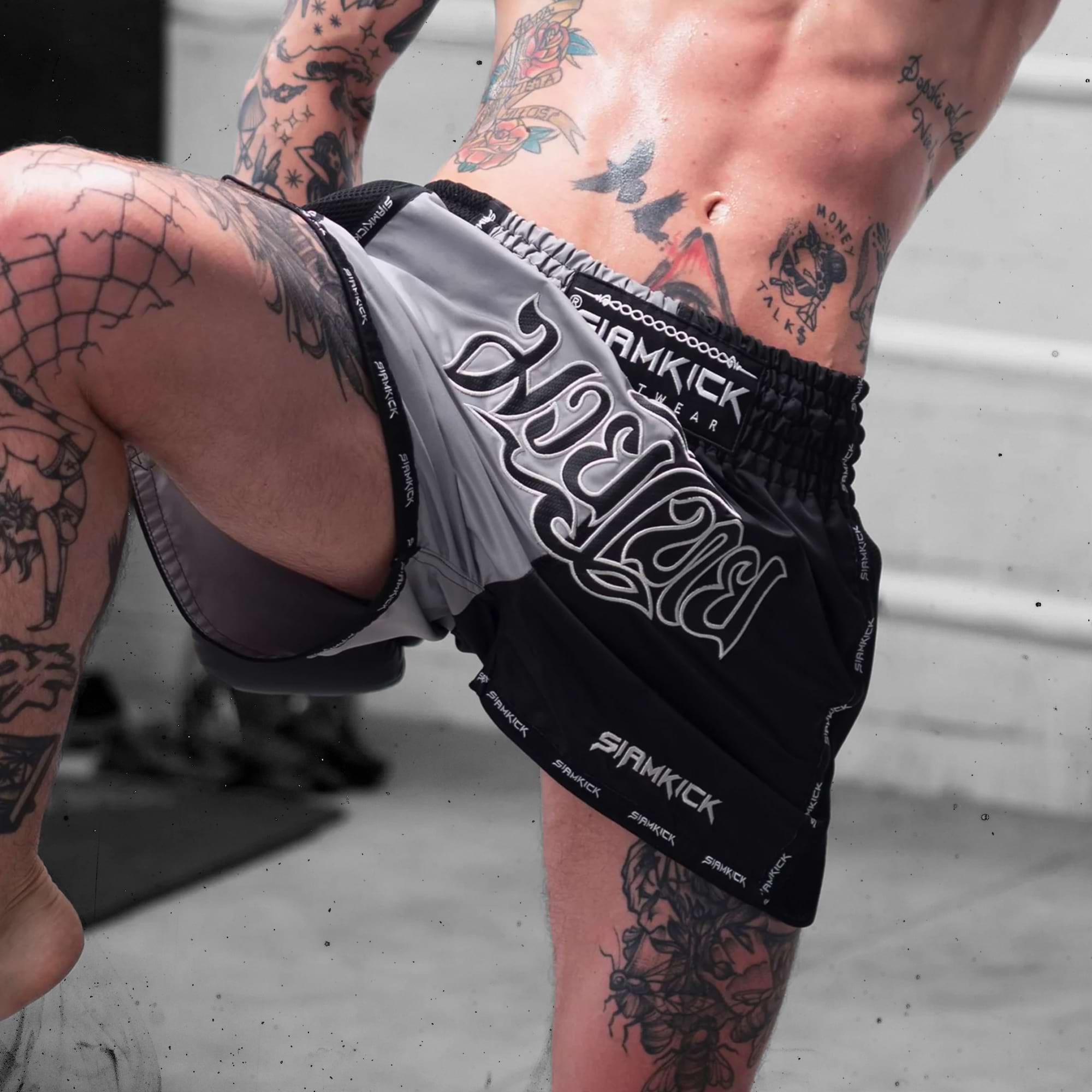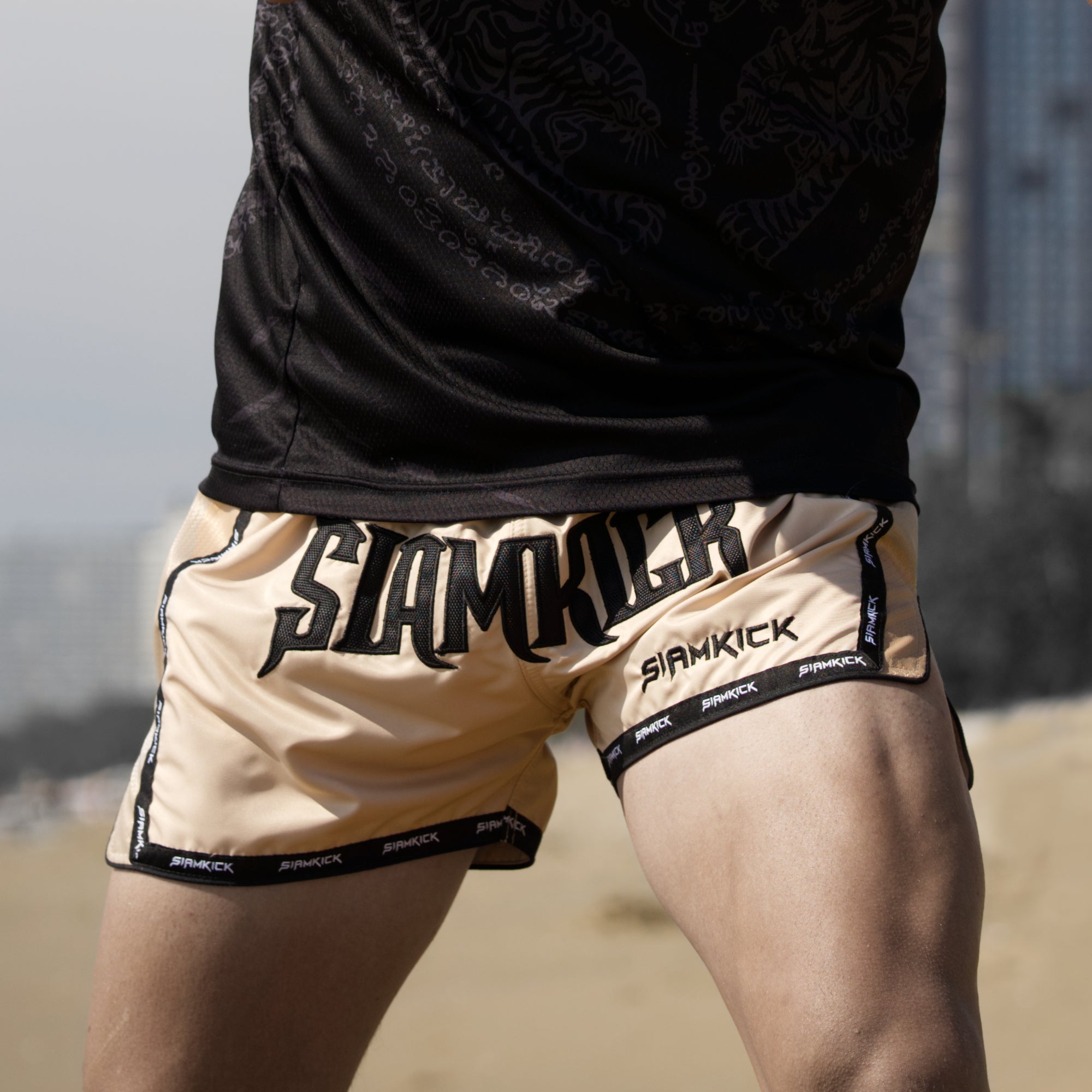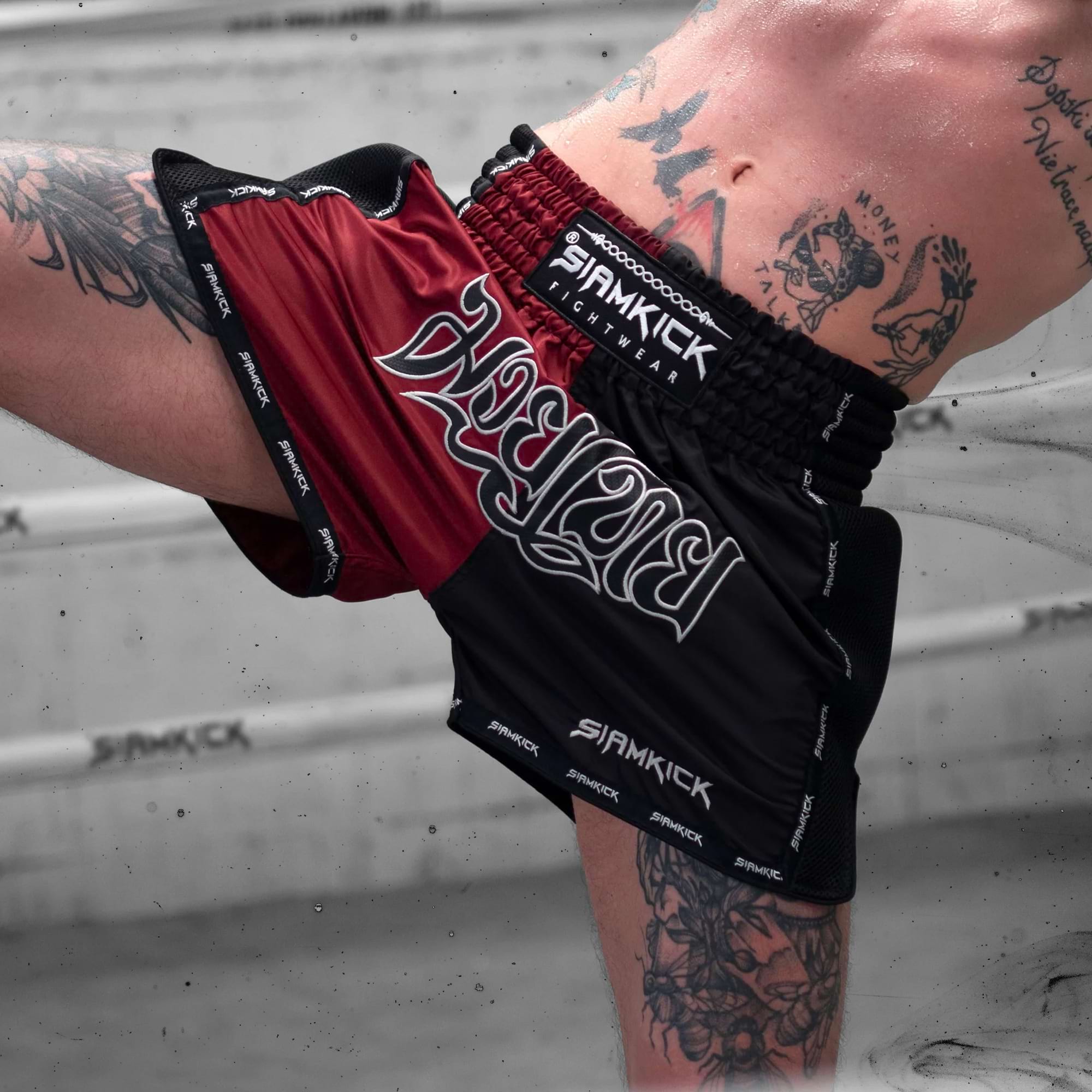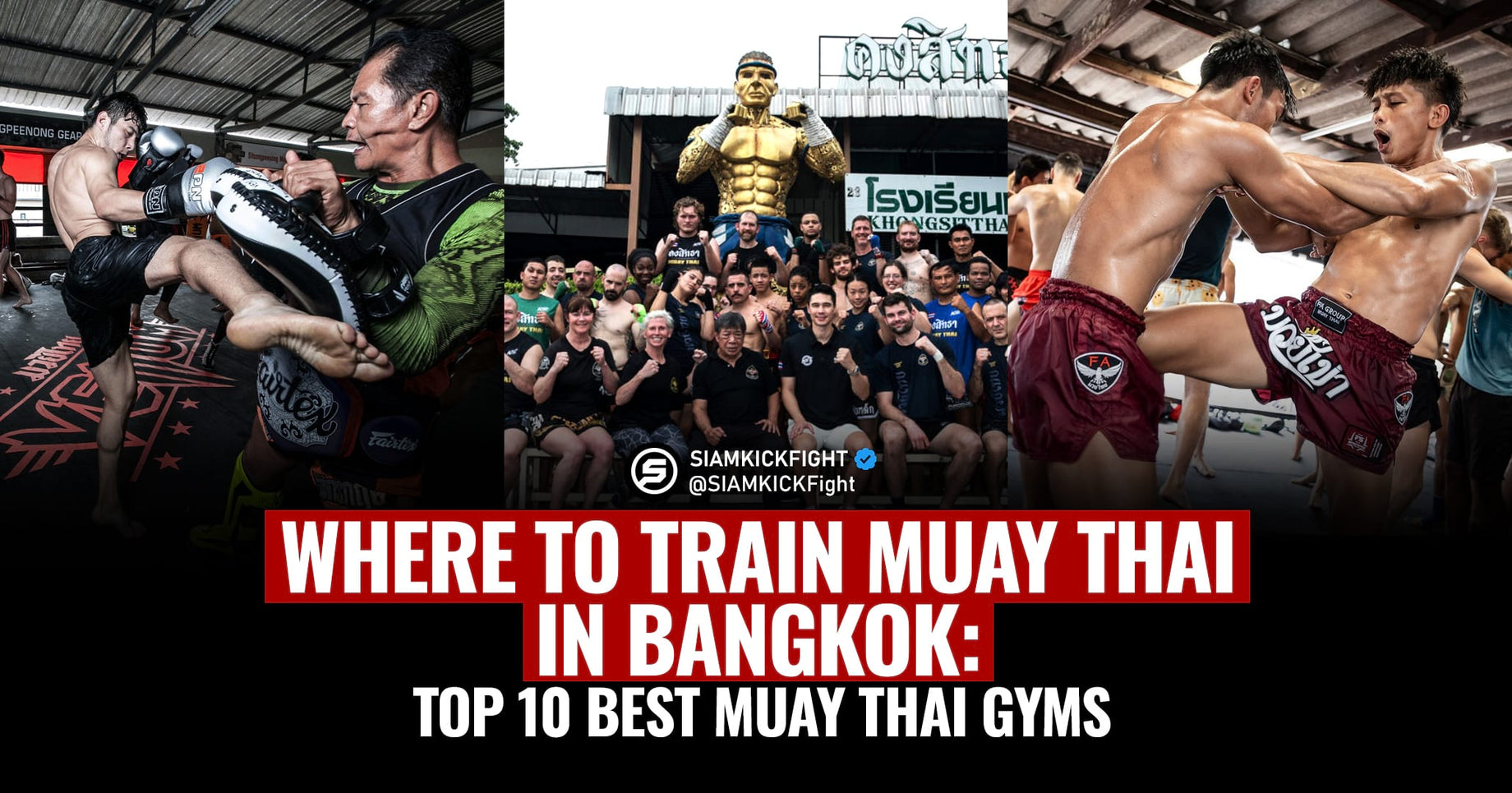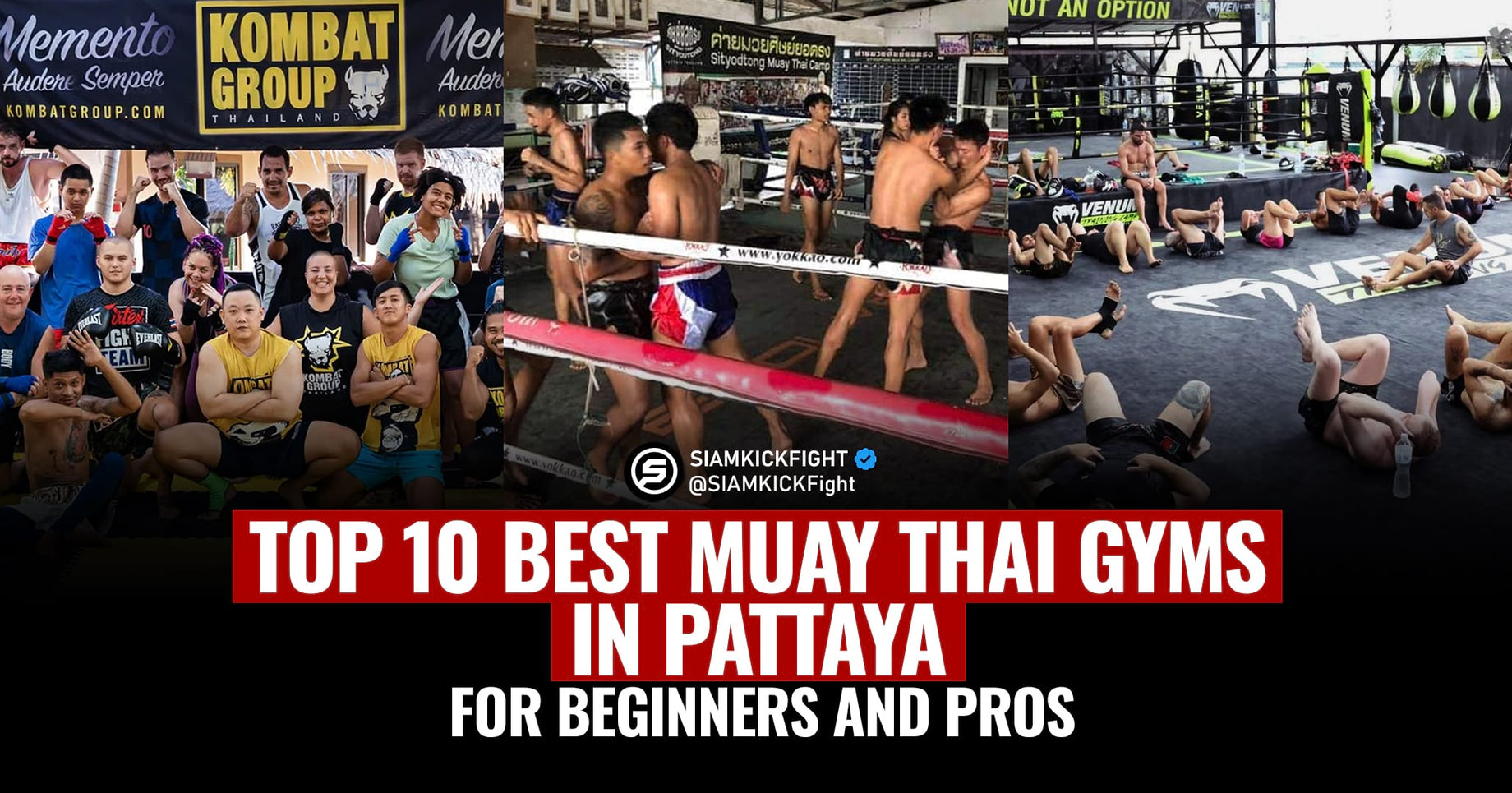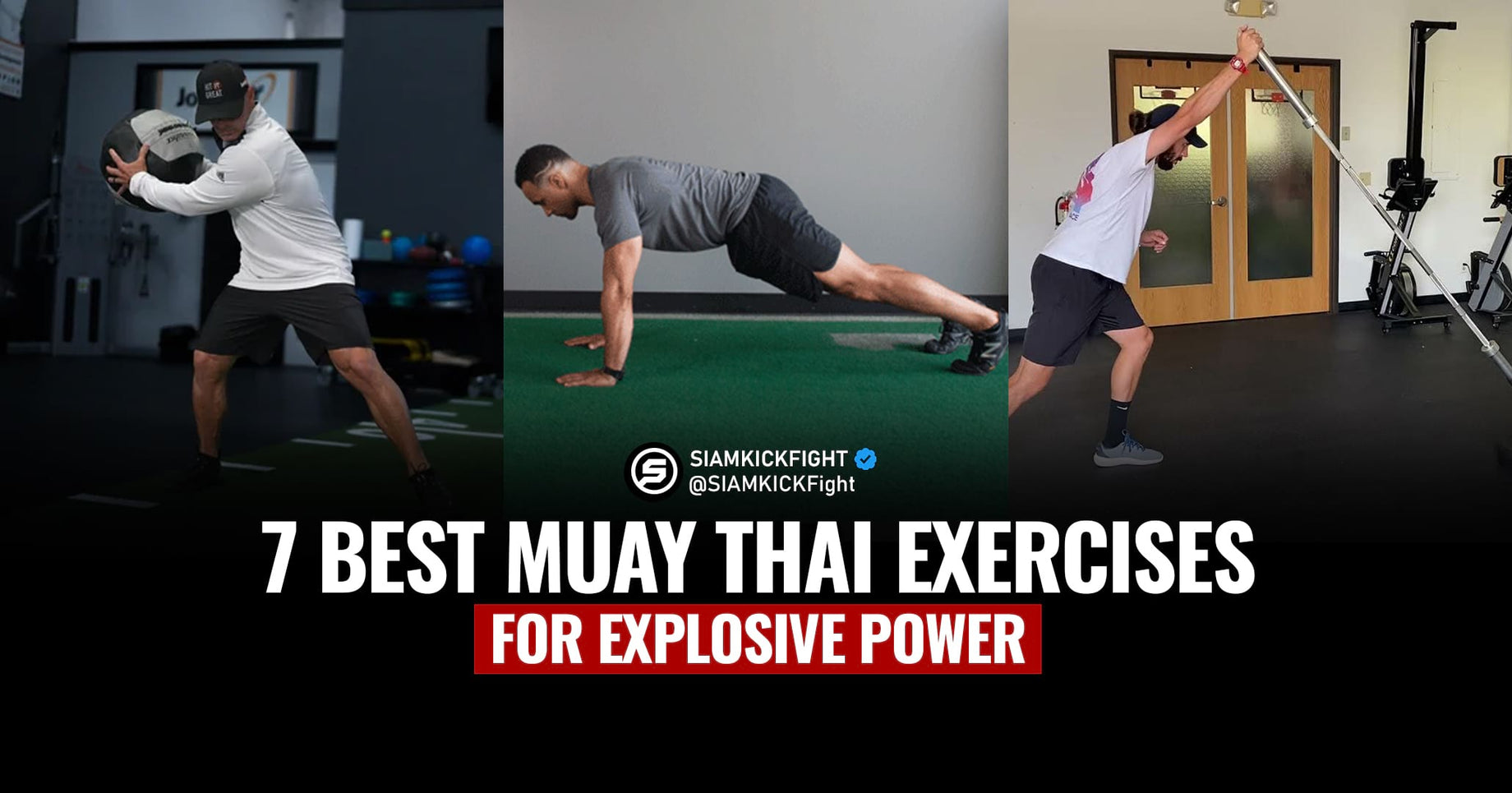Table of Contents

Introduction
In the world of combat sports, few disciplines command the same level of respect and fascination as Muay Thai and Kickboxing. These two striking arts have captivated audiences around the globe, from the bustling streets of Bangkok to the bright lights of Las Vegas. Yet, for all their shared spotlight, Muay Thai and Kickboxing possess distinct characteristics that set them apart. In this blog, we explore the similarities and differences between these two martial arts disciplines.

Origins and History
- Muay Thai, often referred to as the "Art of Eight Limbs," traces its roots back to ancient Thailand, where it evolved as a practical form of self-defense in the battlefield. With a history spanning over several centuries, Muay Thai has deep cultural significance in Thai society, embodying the values of discipline, honor, and respect. Originally practiced by Thai soldiers, Muay Thai eventually found its way into civilian arenas, where it became a popular spectator sport and an integral part of Thai culture.
- In contrast, Kickboxing emerged in the mid-20th century as a hybrid martial art that combined elements of traditional karate with Western boxing. The term "Kickboxing" was coined in Japan in the 1960s, and the sport gained popularity through televised matches and international competitions. Unlike Muay Thai, which has roots deeply embedded in Thai tradition, Kickboxing represents a fusion of diverse martial arts styles from around the world, reflecting the globalized nature of combat sports in the modern era.
Rules and Regulations
Muay Thai and Kickboxing competitions are governed by distinct sets of rules and regulations that dictate permitted techniques, scoring criteria, and conduct inside the ring. Understanding these rules is essential for both competitors and spectators to truly appreciate each sport.
Striking Techniques
- Muay Thai, known as the "Art of Eight Limbs," emphasizes the use of fists, elbows, knees, and shins to strike opponents. This comprehensive arsenal of striking techniques sets Muay Thai apart from many other combat sports.
- Kickboxing places greater emphasis on punching and kicking combinations, with some variations allowing knee strikes depending on the ruleset of each organization. Elbow strikes are strictly illegal in kickboxing.
Clinch Work
- One of the defining features of Muay Thai is its emphasis on clinch work, where fighters grapple at close range, aiming to control opponents, land knee strikes, and execute throws and sweeps.
- In Muay Thai, referees often allow fighters some time in the clinch, allowing them to work through advantageous positions and execute techniques before intervening.
- In Kickboxing, however, the focus is on continuous striking exchanges at a distance. As a result, referees in Kickboxing tend to separate fighters more quickly when they clinch.
Scoring Criteria
- Muay Thai matches are scored based on effective striking, aggression, and dominance. Points are awarded for clean, powerful strikes that land on the opponent's body or head, as well as for controlling the pace of the fight and demonstrating aggression and initiative. Read the comprehensive guide on the Muay Thai scoring system here.
- Similarly, Kickboxing matches are scored based on effective striking, defense, and ring control. Judges award points for clean, impactful strikes that land on the opponent, as well as for evading or blocking incoming attacks and demonstrating control of the center of the ring.
Judging System
- Both Muay Thai and Kickboxing matches are typically judged by a panel of three judges who assess the action based on the scoring criteria outlined above.
- In traditional Muay Thai, fights are scored in their entirety, unlike the standard 10-Point-Must system found in boxing or kickboxing. Judges closely observe exchanges in the clinch and the effectiveness of each fighter's striking techniques throughout the match. However, modern organizations like ONE Championship often use the 10-Point-Must system to score their Muay Thai bouts.
- Kickboxing matches are judged using a similar system to boxing, with judges scoring the bout round by round, using the 10-Point-Must system. Judges must consider factors such as the volume of strikes landed, the damage inflicted, and the overall control exhibited by each competitor.


